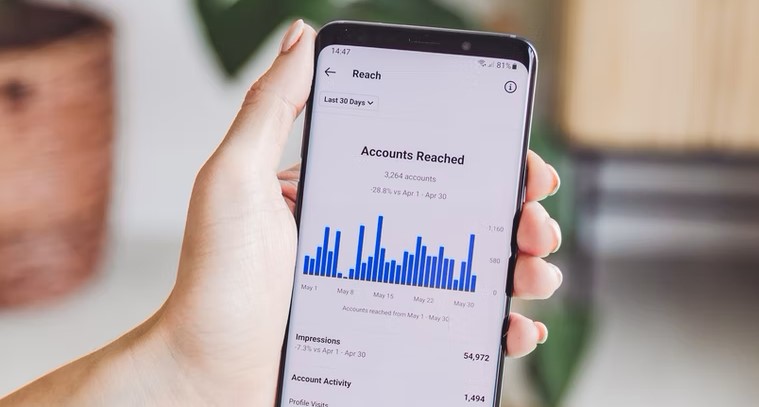
Businesses, big or small, have turned to social media to better track their business results and achieve their business objectives – that is mainly to generate conversions. As such, metrics such as Follower Counts, Likes, Reach and Engagement, among others, have become the chosen indicators to track for these businesses.
However, some might argue that these are vanity metrics that do not give good indication of the true performance of social media marketing efforts. Furthermore, they might lack the ability to provide actionable insights to make better informed decisions. Yet another challenge is that some businesses’ end goals are in an offline environment, and hence difficult to track successfully (eg. Museums which use social media to increase visitorship to their exhibitions).
To delve beyond the surface, we will be highlighting three meaningful metrics that can provide you with greater insights into your social media efforts.
1. Engagement Rate (E.R.)
Engagement Rate or E.R. shows how well people are connecting with you as a brand. The metric helps your brand to identify which content works well and which content successfully communicates with your audience regardless of the number of followers you have. Traditionally, many users of the metric calculate E.R. as:
One thing to note is that the use of Total Followers in the calculation of E.R. might not reflect the “real” performance of the post since the post can be seen by both the followers of the brand and also those who are not following the brand. Additionally, the use of Total Followers does not account for Viral Reach and Paid Reach – the post’s reach extends to those outside the followers of the brand through ads and Shares.
Instead, we propose the use of the following formula for the calculation of E.R.:
Although E.R.s calculated this way are going to be much lower, the numerator here (Total Engaged Users) is regardless of the type of Engagement, giving the figure more consistency as a benchmark across pages. Additionally, Total Engaged Users is a fairer gauge than Total Engagements because some users may post multiple comments on a post, giving the impression that the E.R. is good for this post though it may only be driven by a few individuals.
The use of Total Reach instead of Total Followers in the calculation of E.R. is more accurate, as the former manages to take into account the total number of individuals who have come across the post, be it organically, through shares or through ads.
2. Reach Rate
More often than not, Instagram Stories (IGS) have been neglected by businesses as part of their marketing strategy. However over half of Instagram’s entire user base uses Stories on a daily basis. Hence it is important to leverage on this format to effectively connect with your audience.
One of the ways to measure IGS performance is by using IGS Reach Rate which is calculated as follows:
Reach Rate informs us of the percentage of our followers who watch our IGS. Instead of looking at Reach, Reach Rate is more insightful as it can help steer brands towards creating content that better resonates with their followers.
3. Watch Time
YouTube is another social platform that cannot be neglected as consumers often use it as a search engine, second to Google. The platform improves a brand’s SEO and presence by allowing them to communicate more effectively with their audiences.
One of the metrics that we have to keep in mind for YouTube videos is Watch Time — the “amount of time viewers have watched your videos”, calculated as follows:
This metric affects the algorithm on YouTube, boosting recommendation and discovery. This drives video exposure to viewers, allowing brands to successfully connect with their customers and potential customers1.
The Full Picture
At the end of the day, we cannot neglect other metrics (Clicks, Shares, Profile Visits, Views) as they might tell a different story to a post’s performance. For example, a post can have a low E.R. but the number of Shares or Clicks can be high. In this case, the high Reach earned by the post could have diluted the E.R.
There must also be a consideration of what the post objectives are when considering which metrics are the most meaningful. For example, when a post is boosted for Traffic, we might prefer to look at Link Clicks more. Meanwhile, contest posts requiring viewers to register for newsletters with the link found in the bio might point us towards looking at Profile Visits as the more meaningful and accurate metric.
It’s always a fine balance to get the full picture that is useful for your brand to amplify its presence. If you are curious to learn more about measuring your social media efforts more meaningfully, drop us a message, and we’d be happy to share more!
Ummu Syafiqah Azlan
Senior Social Media Analyst
Header image: Photo by Georgia de Lotz on Unsplash
Sources:
1YouTube Analytics: The 15 Metrics That Actually Matter, Clifford Chi, 2020